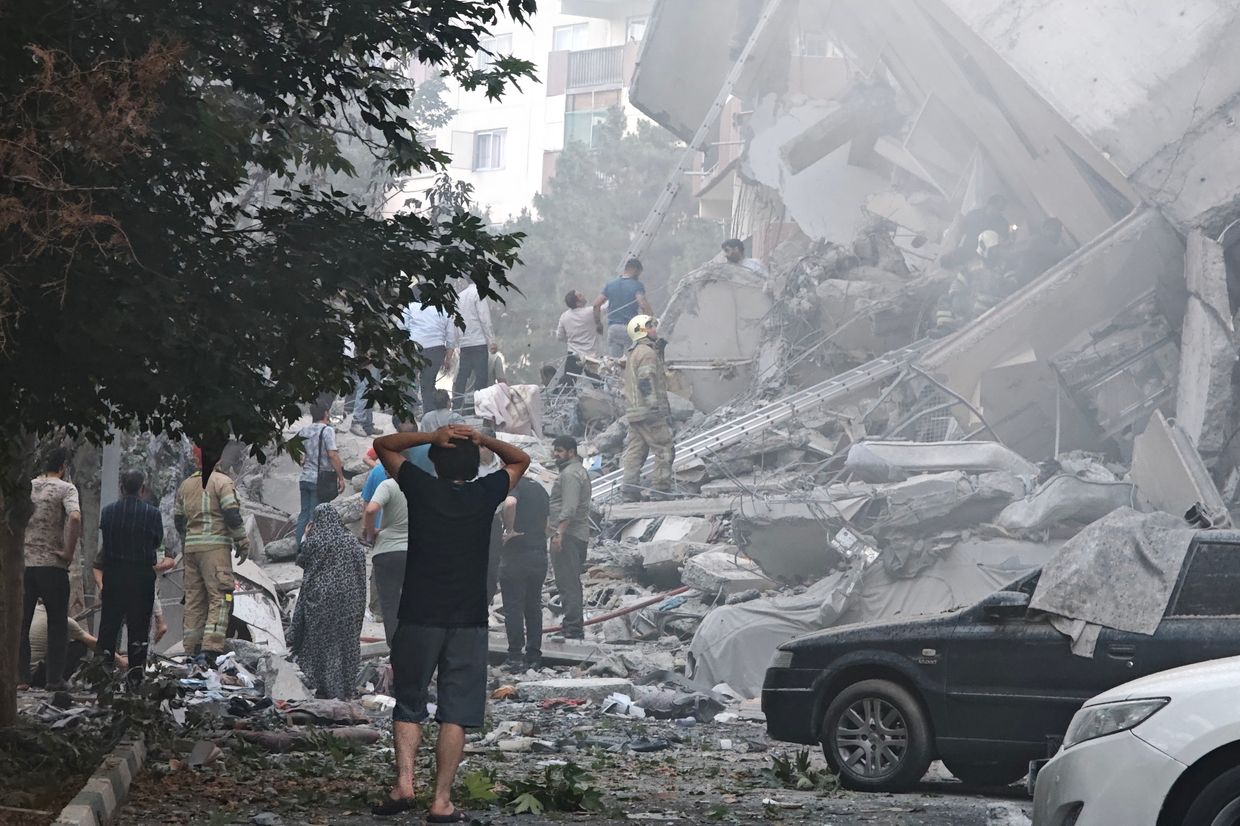How the E.U. Wooed Trump With Flashy but Flimsy Numbers

© Tierney L. Cross/The New York Times

© Tierney L. Cross/The New York Times

© Pool photo by Andy Buchanan
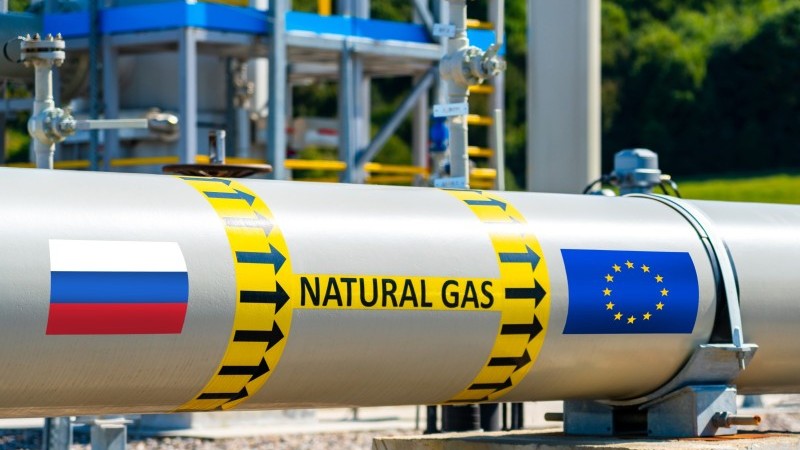
European Parliament lawmakers are pushing to accelerate the EU’s ban on Russian gas imports by one year, moving the deadline from January 2028 to January 2027, Reuters reported on 25 July.
The EU vowed to reduce its dependence on Russian gas following the Russian full-scale invasion of Ukraine. The bloc cut imports by more than half since 2022 through diversification to other suppliers and increased LNG (liquefied natural gas) purchases.
The recent proposal comes from deputies representing the Parliament’s largest political group, the European People’s Party, and the Greens, who favor a tougher stance than the European Commission’s June proposal.
Vaidere has also proposed requiring governments to impose penalties on companies that violate the ban, “potentially including by revoking licences for energy trading,” Reuters reported. Niinisto wants a full ban on Russian oil imports from January 2027, which the European Commission did not propose.
The European Parliament will vote in autumn to confirm its negotiating position with EU countries. The final measures require approval from both Parliament and a qualified majority of EU member states. It means that Hungary and Slovakia cannot block the decision despite their continued imports of Russian pipeline gas and opposition to EU-wide bans.
Under the Commission’s original proposal, the EU would begin phasing out Russian gas imports under new and short-term contracts from January 2026, with complete elimination by January 2028.
Russian gas supplied about 19% of Europe’s needs last year through the TurkStream pipeline and LNG shipments, down from roughly 45% before Moscow’s 2022 invasion of Ukraine. This share is expected to fall to 13% in 2025 as the EU works to end what it calls “decades-old energy relations with Europe’s former top gas supplier.”
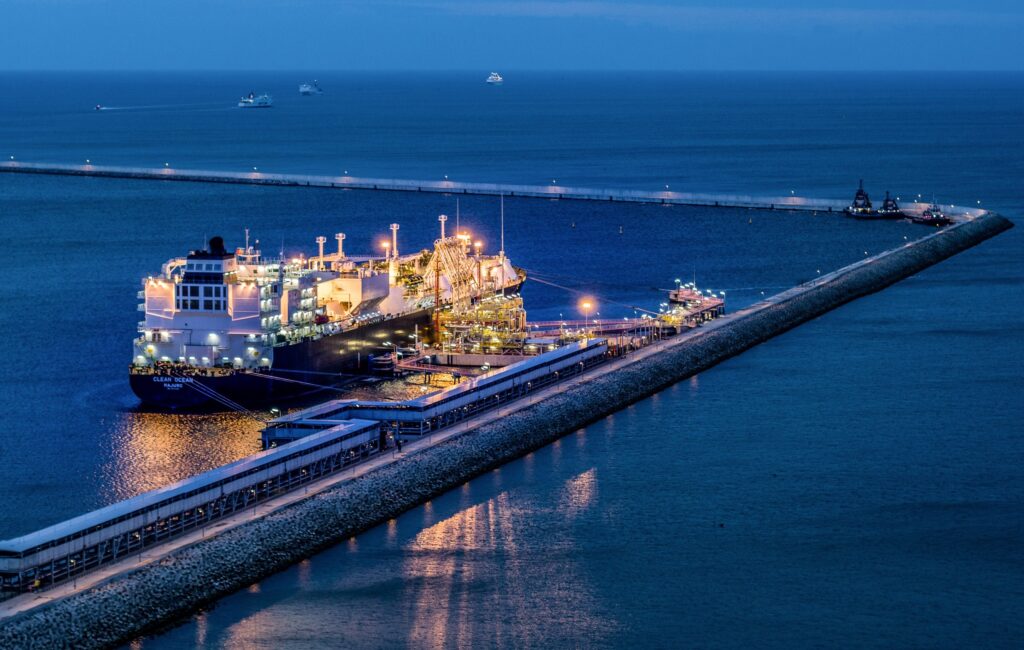
Russian state oil and gas revenue is set to fall in July by around 37% from the same month in 2024 to 680 billion roubles ($8.66 billion) due to cheaper oil and a stronger local currency, Reuters reported on 22 July.
The oil and gas revenues significantly fund Russia’s war effort, and a reduction narrows Moscow’s ability to sustain its military campaign. This drop has mainly been caused by Western sanctions, persistent price caps, discounting of Russian oil, lower global oil prices, and declining gas exports amid the Russian full-scale invasion of Ukraine.
The decline marks a significant drop in proceeds from what has been “the most important source of cash for the Kremlin, making up a quarter of total federal budget proceeds,” according to Reuters analysis.
Despite the annual decline, the proceeds are “set to increase by 37% from June due to cyclical payments of oil profit-based tax,” Reuters calculations indicate.
According to Reuters, the average Russian oil price calculated in roubles has remained below the federal budget’s target for 2025 throughout the period analyzed.
The broader impact extends beyond July, with Russia’s oil and gas revenue for January-July potentially declining “by 20% year-on-year to 5.4 trillion roubles,” Reuters calculations show.
The finance ministry will publish its official estimates on 5 August, according to the report.
Budget projections have undergone substantial revisions this year. The ministry had initially planned to earn 10.94 trillion roubles from oil and gas sales this year, but due to falling oil prices, it revised that expectation down to 8.32 trillion roubles.
This represents a sharp contrast to 2024 performance, when “oil and gas revenue reached 11.13 trillion roubles last year,” according to the data.
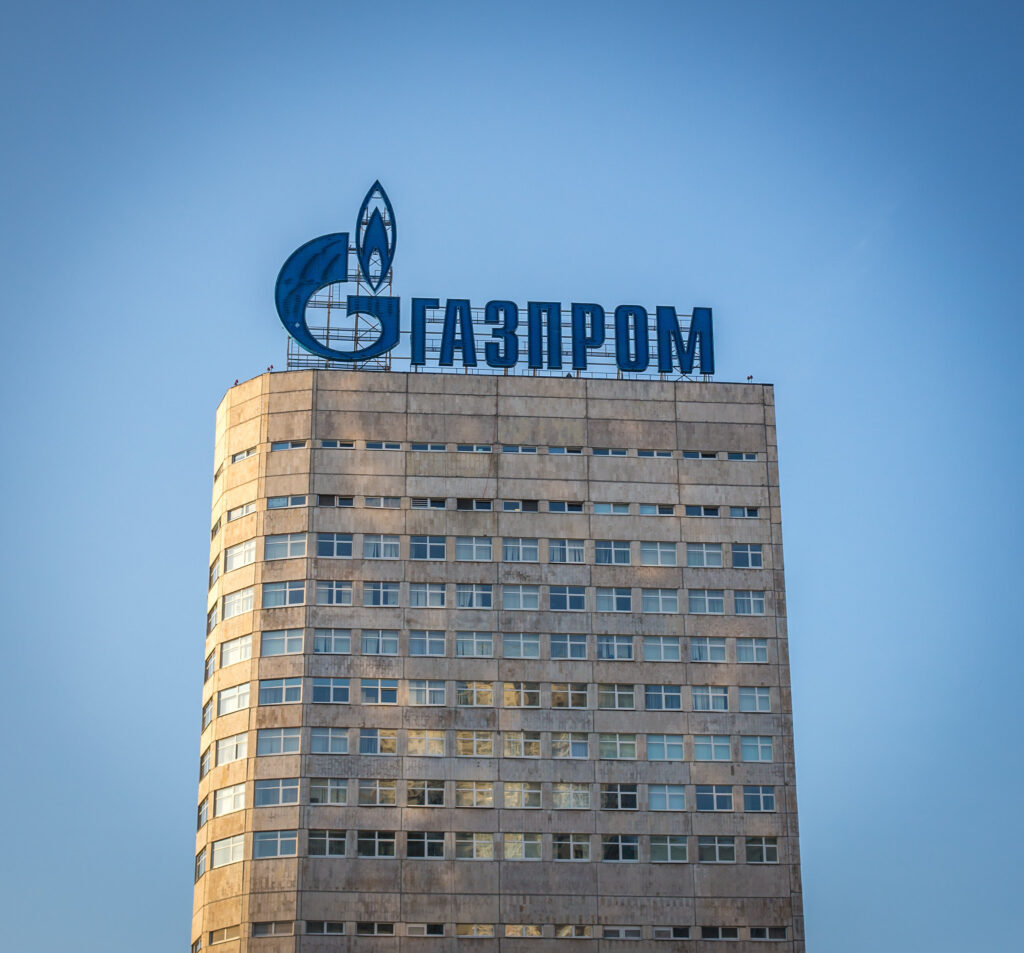
A Ukrainian cyberattack on Gazprom systems has reportedly crippled the Russian state gas monopoly’s digital infrastructure, Suspilne reports, citing a source in Ukraine’s Defense Intelligence (HUR). The hackers wiped data from physical servers, cloud platforms, and all backups, targeting critical control systems that manage Russia’s gas flows, finances, and internal operations.
Suspilne reported earlier that the attack took place on 17 July. Now, Suspilne’s HUR source said Ukraine’s intelligence operatives obtained full access to all of Gazprom’s information systems, reaching a depth of penetration that the source described as “unprecedented.” The access reportedly included internal analytics, core servers, digital platforms, and user credentials from across Gazprom’s operational hierarchy.
According to Suspilne’s reporting, the operation began with full infiltration and ended with a coordinated deletion of all available data — including security systems, server control modules, and support networks that kept Gazprom’s infrastructure running.

Suspilne reports that more than 390 subsidiaries and branches were affected, including Gazprom Teplo Energo, Gazprom Obl Energo, and Gazprom Energosbyt. The breach extended into Gazprom’s SCADA and GIS systems, which control gas and oil pressure, distribution flows, well data, and infrastructure networks.
The HUR source also claimed that Gazprom’s financial records, tax data, contract logs, and legal documents were destroyed. Among the deleted systems were modules managing supply schedules, customer volumes, tariffs, payments, licensing, and regulatory files.

The scale of the operation, Suspilne’s source stated, could lead to a partial or total collapse in Gazprom’s ability to function. Without operational systems, the state corporation may be unable to sign new contracts, manage its gas supply network, or maintain stable financial operations.
The source further suggested that the consequences could include regional disruptions to gas transport and delivery, a potential default on corporate obligations, and sharp devaluation of Gazprom’s stock, possibly triggering instability in banks that finance the energy conglomerate.
Using custom-developed software, Ukrainian cyber operatives reportedly deleted all data stored on Gazprom’s physical servers and cloud infrastructure, including backup copies.

© Doug Mills/The New York Times
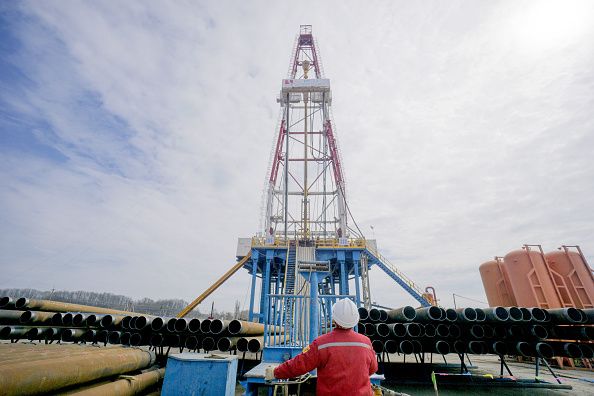
Ukraine's state energy giant Naftogaz has commissioned a new exploration well producing 383,000 cubic meters of natural gas per day through its subsidiary Ukrgazvydobuvannya, CEO Sergii Koretskyi announced on July 8.
The 5.7-kilometer deviated well was drilled and commissioned six weeks ahead of schedule as Ukraine works to boost domestic production amid Russian attacks on its energy infrastructure, including gas storage facilities in western Ukraine.
"This is a significant achievement, given the country's need for gas," Koretskyi said.
Naftogaz produces the lion's share of Ukrainian gas, but its production facilities were severely damaged in a series of Russian missile strikes earlier this year, reducing production by as much as 40%.
According to data from Naftogaz, Ukrgazvydobuvannya lost about 50% of its production due to shelling.
Ukrgazvydobuvannya managed to increase commercial gas production to 13.9 billion cubic meters (bcm) in 2024 compared to 13.2 bcm in 2023, commissioning 83 new wells despite wartime conditions.
Ukraine previously produced 52 million cubic meters daily before Russia's full-scale invasion, but required 110-140 million cubic meters during winter months, covering the shortfall from underground storage.
Russian strikes have repeatedly targeted Ukraine's gas infrastructure, including a February 11 combined missile and drone attack that damaged Naftogaz production facilities in Poltava Oblast.
To secure winter supplies, Naftogaz has signed four contracts with Poland's Orlen for delivery of 440 million cubic meters of U.S. liquefied natural gas. The latest agreement, announced July 2, covers an additional 140 million cubic meters.
According to Bloomberg estimates, in 2025 Ukraine may import a record 5 billion cubic meters of gas from Europe.
Ukraine's gas storage situation has also deteriorated significantly, with underground reserves falling to 6.02 bcm as of May 11 — the lowest level in at least 11 years.
The facilities are operating at just 19.4% capacity, with 2.79 billion cubic meters less gas available than the previous year.
 The Kyiv IndependentDominic Culverwell
The Kyiv IndependentDominic Culverwell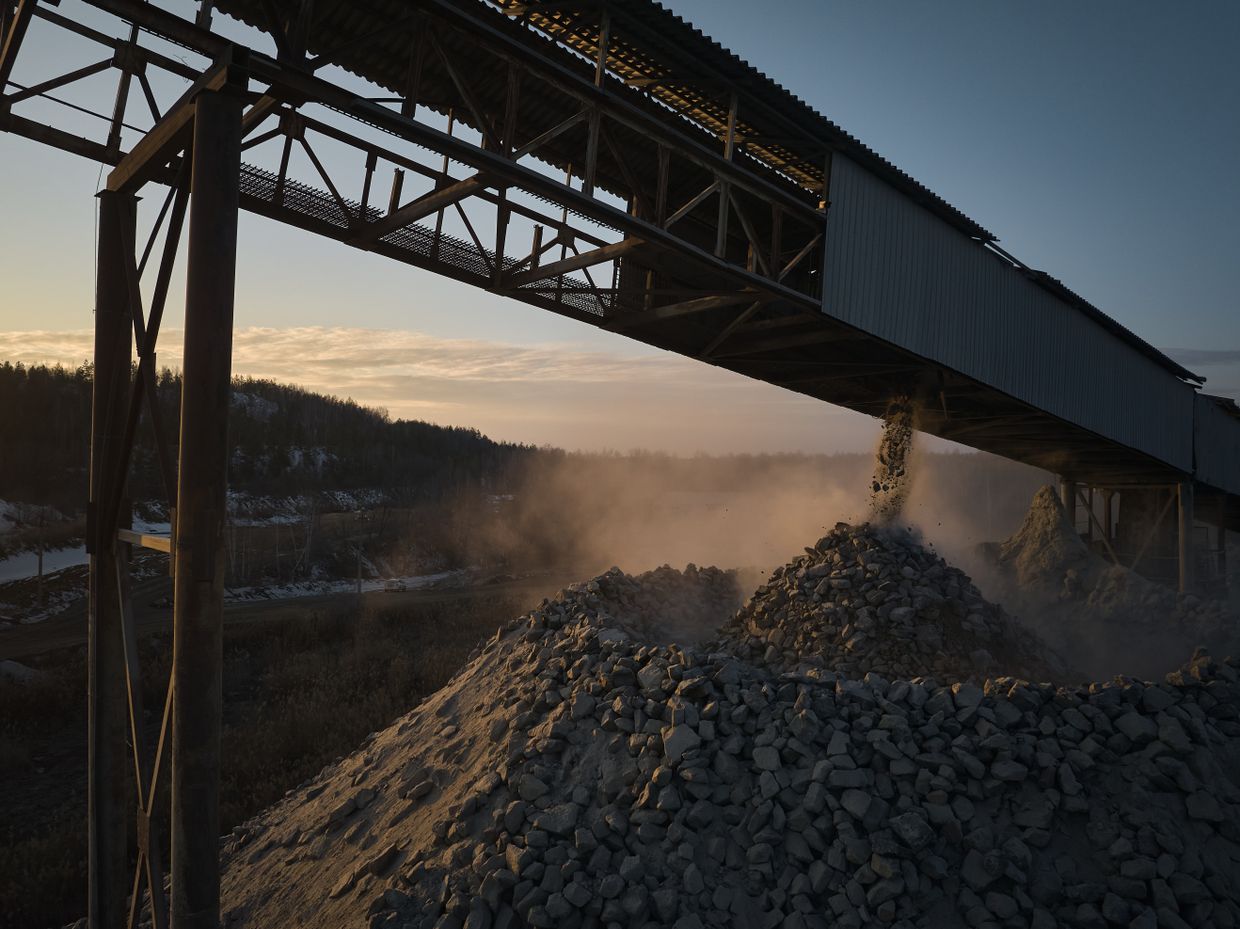
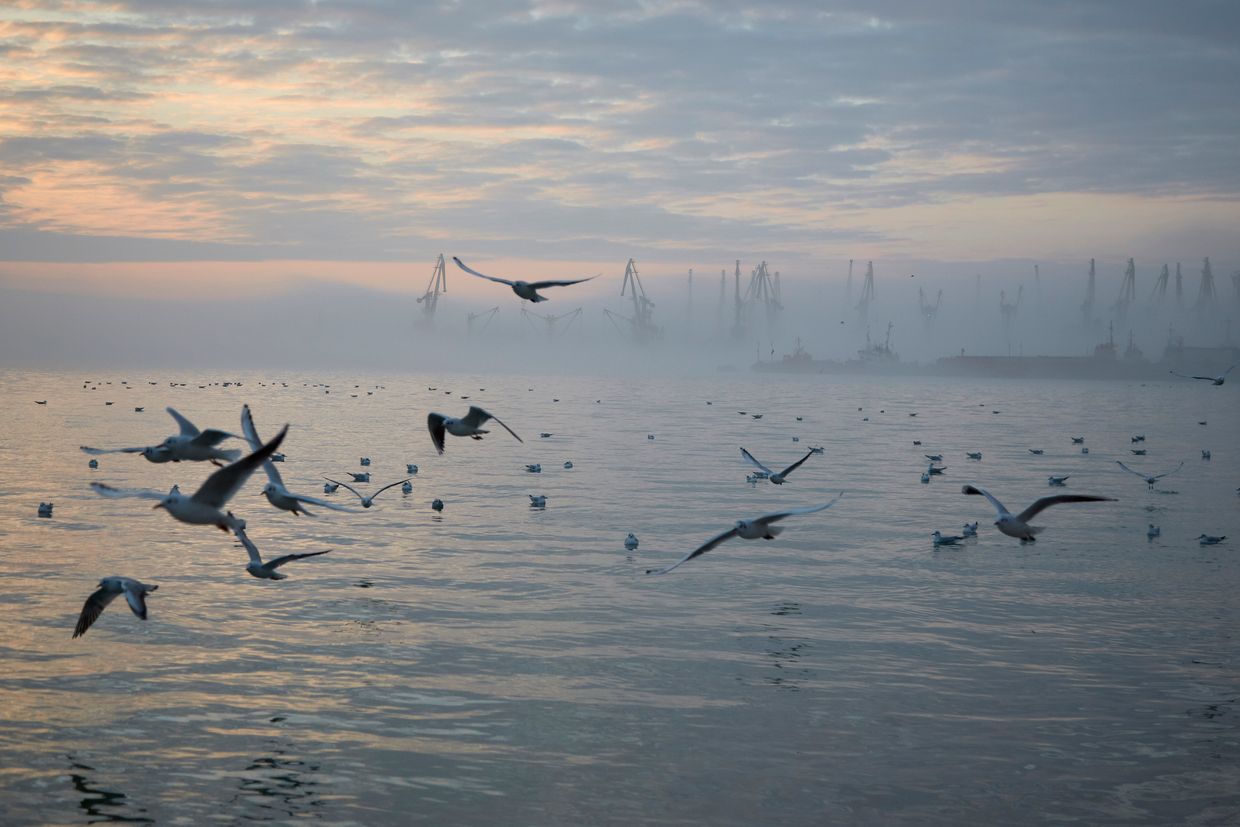
Russian authorities are planning to begin gas extraction from the Sea of Azov, citing Soviet-era geological data and identifying 22 potential offshore fields, including several located near the occupied Ukrainian city of Berdiansk, Ukrainian officials told Suspilne on July 1.
According to the Berdiansk Municipal Military Administration, Russia's Federal Subsoil Resources Agency (Rosnedra) has announced plans to explore and possibly develop gas fields such as the Morske, Pivnichno-Kazantypske, and Skhidno-Kazantypske deposits.
"(Russia) has declared commercial reserves of gas in the Sea of Azov, referring to Soviet archives listing 22 oil and gas structures," Ksenia Kleshchenko, acting head of communications for the Berdiansk administration, told Suspilne.
"These include the Morske field, discovered in 1977 (and still under conservation). It is necessary to conduct further exploration and pilot operation."
Kleshchenko noted that the Pivnichno-Kazantypske and Skhidno-Kazantypske fields were discovered in the late 1990s and early 2000s during Ukraine's independence, but have not been developed. Ukrainian company Chornomornaftogaz had conducted surveys at the Pivnichno-Kazantypske and Strilkove sites before Russia annexed Crimea in 2014 and seized Ukrainian offshore assets.
Ukrainian authorities say the Kremlin's interest in mineral resources may have partially motivated the occupation of southern Zaporizhzhia Oblast, including Berdiansk.
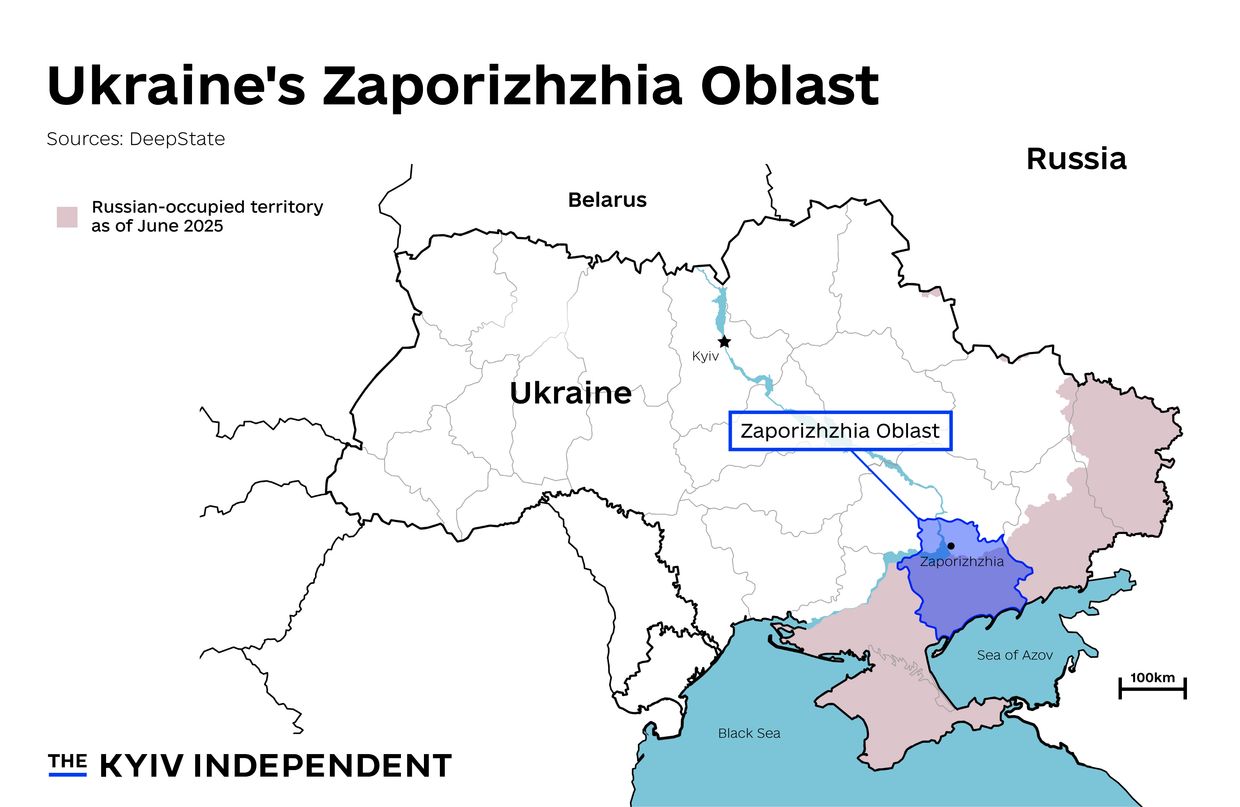
"All of the (Russia's) 'plans' are focused on enriching themselves and the Russian Federation, but not on the welfare of the citizens of the occupied territories," the Berdiansk administration said in a statement. "While residents of Berdiansk face constant water and electricity outages, (Russian authorities) are laying grand schemes to exploit the region’s resources."
The administration also warned of potential environmental consequences. Due to the shallow average depth of the Sea of Azov, around 14 meters (about 46 feet), any extraction could cause serious ecological damage. The exploratory work is reportedly planned for 2026–2030.
Russia's interest in resource-rich territories extends beyond the Sea of Azov. In June, Russian forces took control of a major lithium deposit near the village of Shevchenko in Donetsk Oblast, one of Ukraine's most valuable sites for the mineral used in electric vehicle batteries.
Ukraine has now lost two of its four known lithium deposits to Russian occupation, including the Kruta Balka deposit in Zaporizhzhia. According to the Kyiv School of Economics, Ukraine holds about one-third of the European Union's lithium reserves.
 The Kyiv IndependentDominic Culverwell
The Kyiv IndependentDominic Culverwell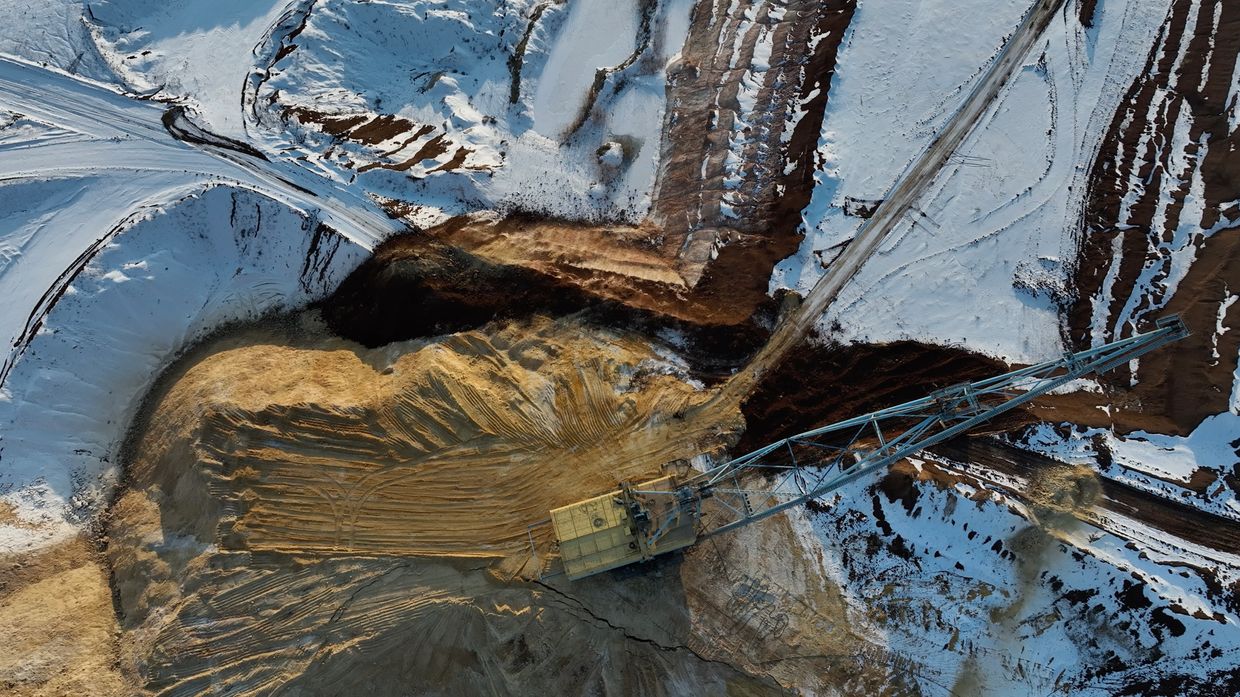
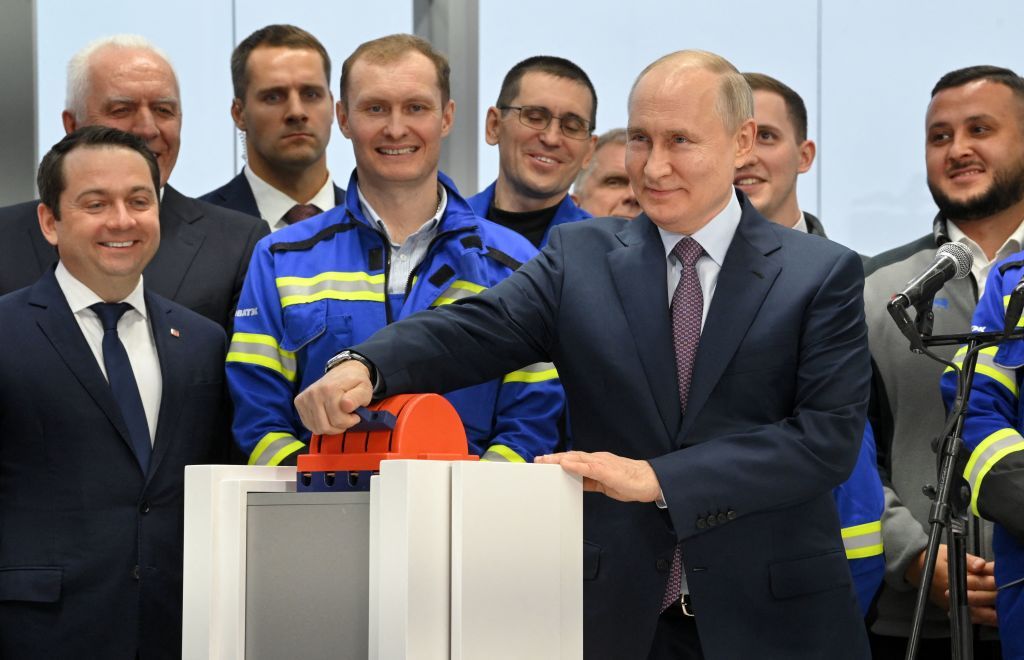
Russia is making another attempt to expand its exports of liquefied natural gas (LNG) after U.S. sanctions disrupted production at its flagship Arctic LNG 2 plant, Bloomberg reported on June 28.
Arctic LNG 2, owned by the Russian company Novatek, was envisaged as Russia's largest LNG plant and aimed to produce almost 20 million metric tons of LNG per year. The U.S. State Department targeted the Arctic LNG 2 project with sanctions in 2024.
An LNG vessel has reportedly docked at the Arctic LNG 2 facility for the first time since October, according to ship-tracking data and satellite images analyzed by Bloomberg. Data suggests that at least 13 vessels of Russia's "shadow fleet" have been assembled to potentially serve Arctic LNG 2.
These include four ice-class vessels, including the one currently docked at Arctic LNG 2. Three others are idling in the Barents Sea, along with three traditional LNG vessels. Two more vessels are being repaired in China and another two are idled in the Gulf of Finland. One ship is located near a floating storage facility in Russia's Far East.
While pipeline shipments of Russian gas to Europe have declined sharply since the full-scale invasion of Ukraine, Russia's shadow fleet — a group of aging oil tankers used to circumvent global sanctions — continues to grow.
Moscow now has more vessels at its disposal than it did last year, according to Malte Humpert, founder of the Arctic Institute think tank.
"If (Russia) can find buyers, this small fleet should be sufficient to lift cargoes," Humpert told Bloomberg.
Finding buyers may present a difficulty, due to wariness about sanctions violations. Former U.S. President Joe Biden sanctioned ships and companies connected with exports from Arctic LNG 2 in 2024, thought it is not yet clear if U.S. President Donald Trump will enforce sanctions as strictly.
Representatives of Arctic LNG 2 have continued to search for buyers in China and India, but have not yet made any sales, traders familiar with the matter told Bloomberg.
Arctic LNG 2 cut production from its gas fields to almost zero in November 2024, after halting liquefaction the previous month due to Western sanctions. The U.S. sanctioned two vessels and two entities connected to Arctic LNG 2 in September 2024, after previously targeting the project in a sweeping round of sanctions late August.
The August sanctions likely forced Novatek to scale back its operations at the facility. Novatek itself was sanctioned after the outbreak of the full-scale war in 2022.
 The Kyiv IndependentDmytro Basmat
The Kyiv IndependentDmytro Basmat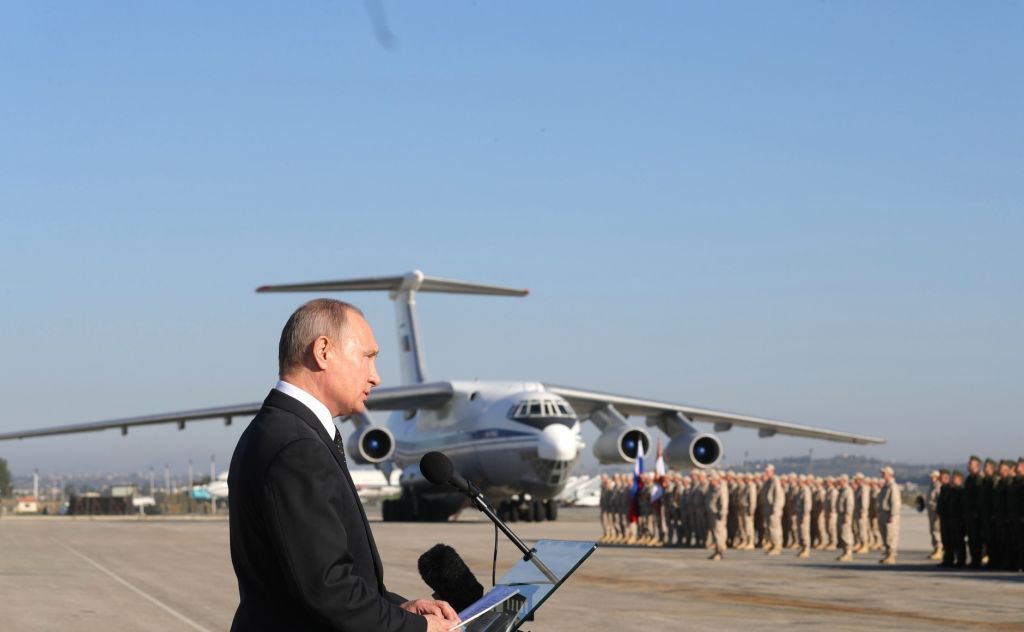
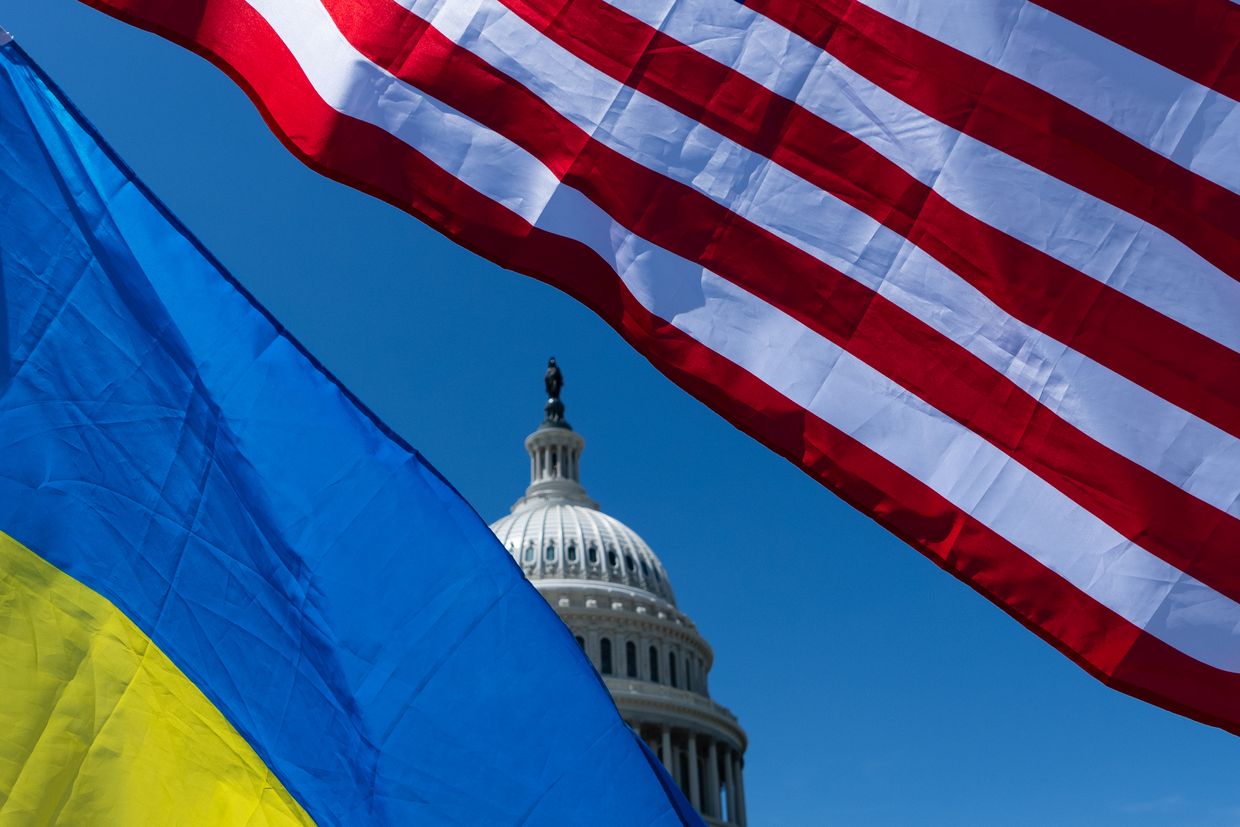
Around 50% of Americans support sanctions against countries that purchase Russian oil and gas, according to the results of a YouGov poll published on June 27.
A bipartisan sanctions bill in the U.S. Senate aims to slap 500% tariffs on imports from countries that continue to purchase Russian energy products. U.S. President Donald Trump has not backed the measure and a vote on the bill has reportedly been postponed.
In a YouGov survey of adult U.S. citizens conducted June 12-16, 24% said they "strongly support" sanctioning Russian energy buyers while 25% said they "somewhat support" secondary sanctions against these countries.
Like the Senate bill, support for secondary sanctions among respondents was bipartisan. Of "strong supporters," 26% indentified as Democrats while 27% were Republicans.
More Republicans than Democrats said they favored the specific 500% tariff penalty proposed by legislators. While 29% of respondents who "strongly supported" the measure were Democrats, 41% were Republicans. Only 32% of survey respondents overall said they supported the 500% tariff.
The 500% tariff has been championed by Republican Senator Lindsey Graham, a Trump ally and co-author of the sanctions bill alongside Democrat Richard Blumenthal. Along with tariffs on countries purchasing Russian oil, the bill would also slap "bone-crushing" new sanctions against Russia, according to Graham.
A majority of Americans support increasing or maintaining U.S. sanctions against Russia, the survey found. Here the division along party lines is stark, with 59% of those in favor of increasing sanctions on Moscow identifying as Democrats and only 37% identifying as Republicans.
The poll also showed that about 50% of Americans oppose cutting military aid to Ukraine. According to YouGov, 26% of U.S. adults are in favor of increasing military aid while 23% believe Washington should maintain its current levels of support.
The results illustrate the contrast between the prevailing views of the American public and the policies of the Trump administration. Trump has repeatedly undercut the Senate sanctions bill, requesting delays to the vote and calling on lawmakers to weaken the proposed measures.
While Trump has at times threatened to impose new sanctions on Russia, he has never followed through on any of those threats and consistently shoots down domestic and international appeals to get tough on Moscow. At the recent G7 Summit in Canada, Trump reportedly insisted that sanctions would be at odds with U.S. business interests.
U.S. Defense Secretary Pete Hegseth also announced earlier this month that Washington will cut military aid to Ukraine in its upcoming defense budget.
 The Kyiv IndependentMartin Fornusek
The Kyiv IndependentMartin Fornusek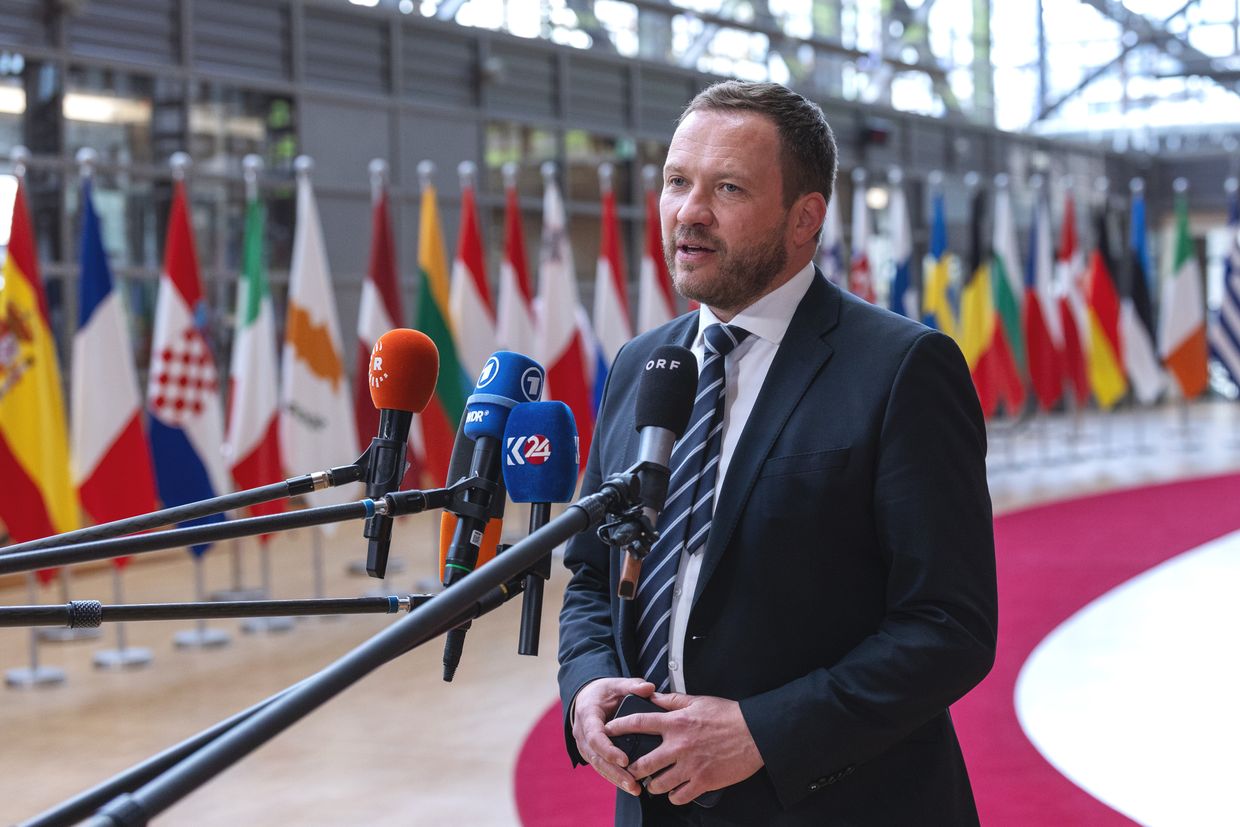

Iran has partially suspended production at the South Pars gas field — the world’s largest — after an Israeli airstrike triggered a fire at the site, the semi-official Tasnim news agency reported on June 14, according to Reuters. If confirmed, it would mark the first Israeli strike targeting Iran’s vital oil and gas infrastructure.
The South Pars field, located offshore in southern Bushehr province, is responsible for the bulk of Iran’s gas output. Tehran shares the field with Qatar, which refers to its portion as the North Field. A strike on South Pars represents a significant escalation, coming after oil prices surged 9% on June 13 following Israel’s initial wave of attacks, which had not targeted energy infrastructure, Reuters reports.
Israel launched its air offensive against Iran on June 13, killing commanders and scientists and bombing nuclear sites, in what it described as an effort to prevent Tehran from developing nuclear weapons.
The Iranian oil ministry said the fire caused by the strike has been extinguished. According to Tasnim, the fire broke out in one of four units of Phase 14 at South Pars, halting the production of 12 million cubic meters of gas.
Iran, the world’s third-largest gas producer after the United States and Russia, produces around 275 billion cubic meters of gas per year, about 6.5% of global output.
Due to international sanctions, the country consumes most of this domestically. Qatar, which operates the majority of the shared field with support from global firms such as Exxon and Shell, produces 77 million tonnes of liquefied natural gas annually, supplying both European and Asian markets.
 The Kyiv IndependentChris York
The Kyiv IndependentChris York